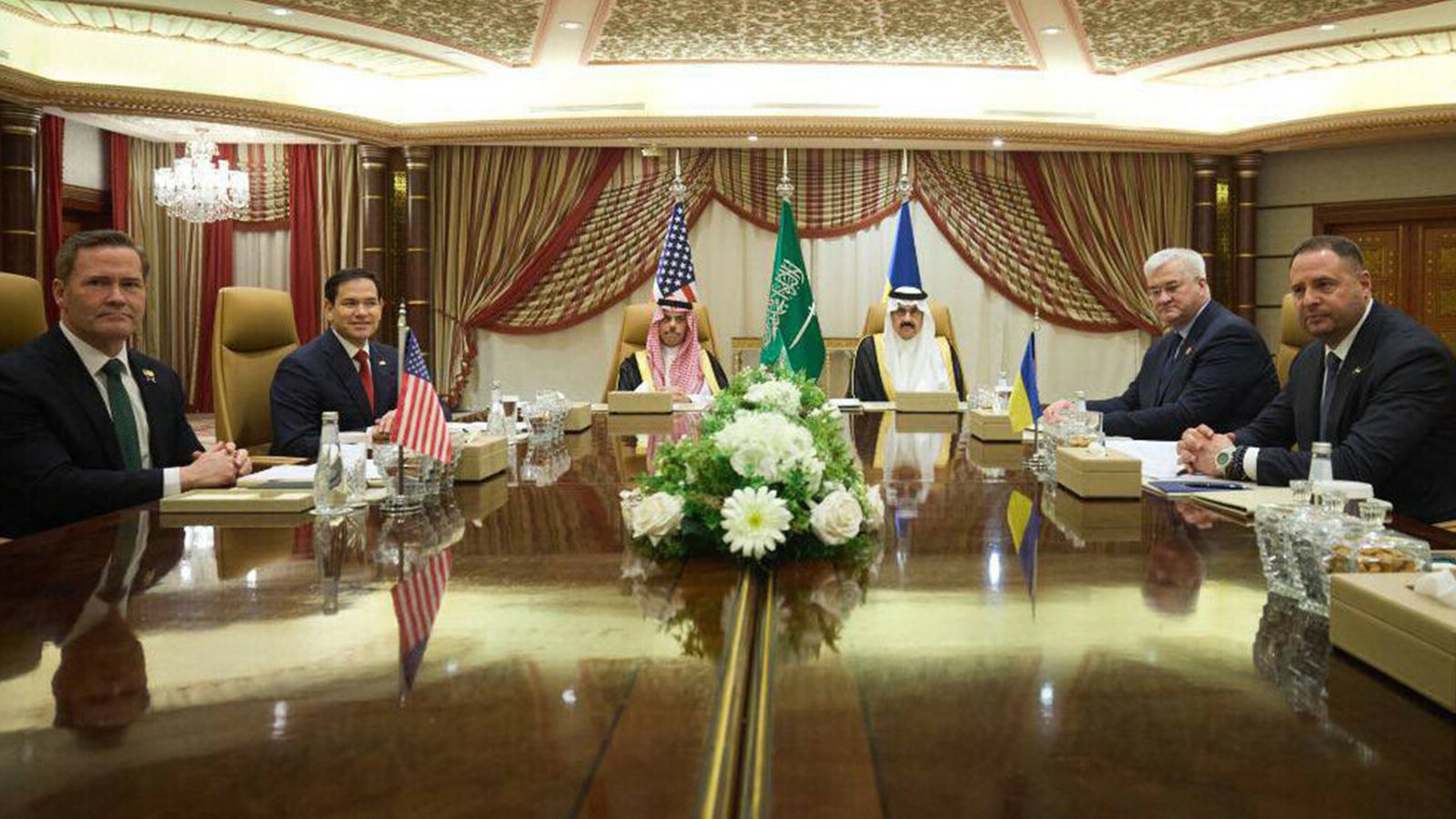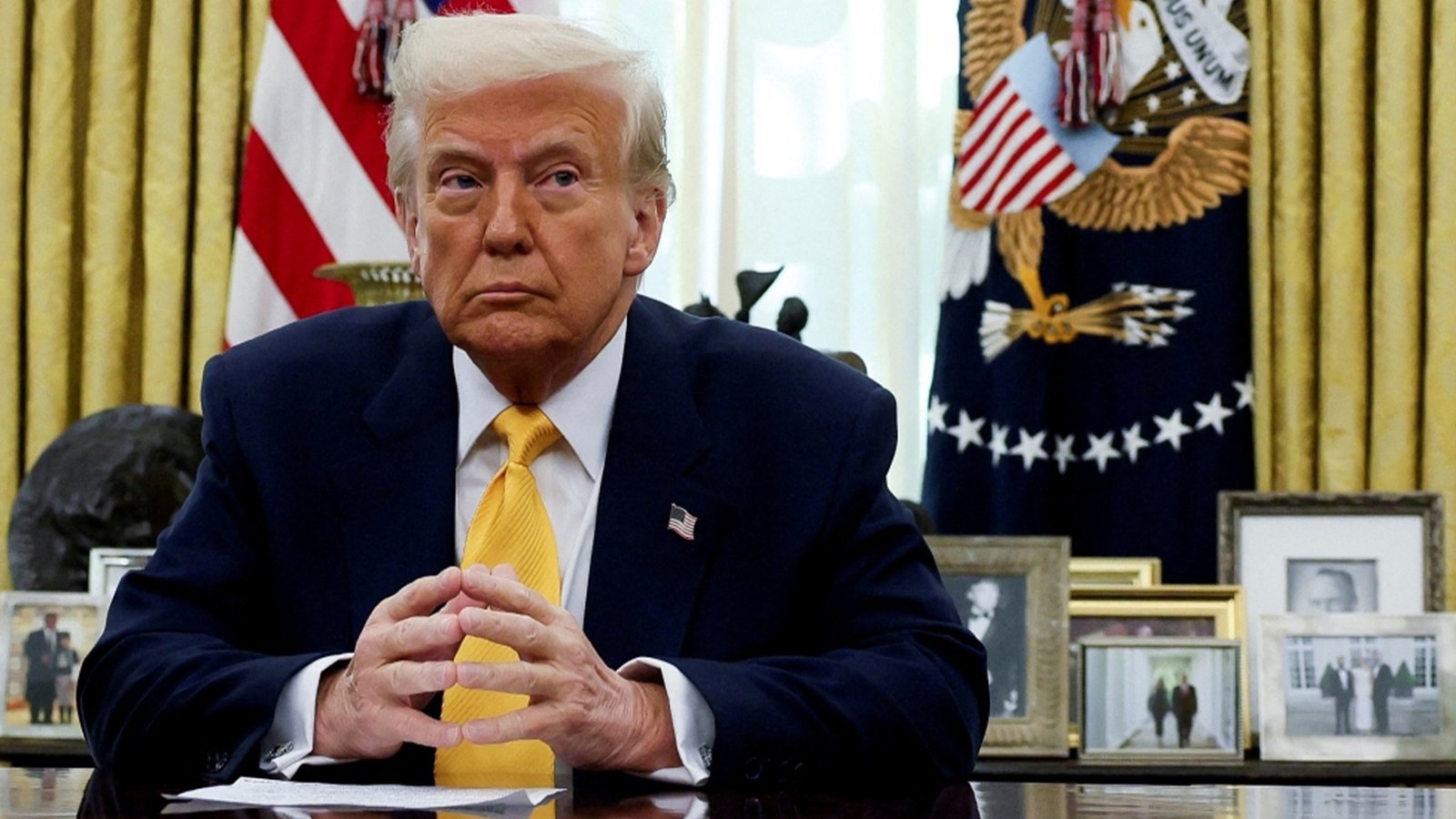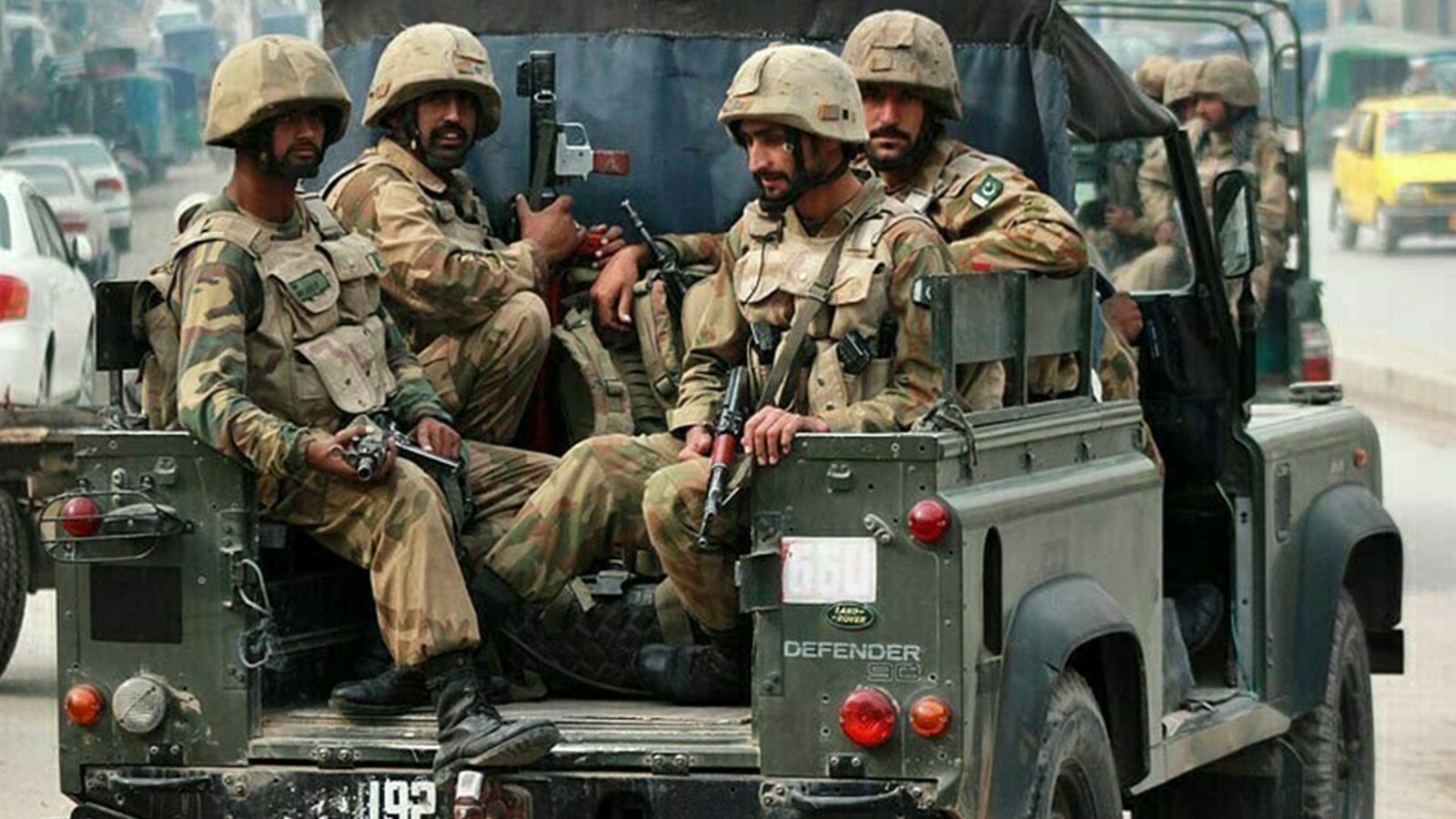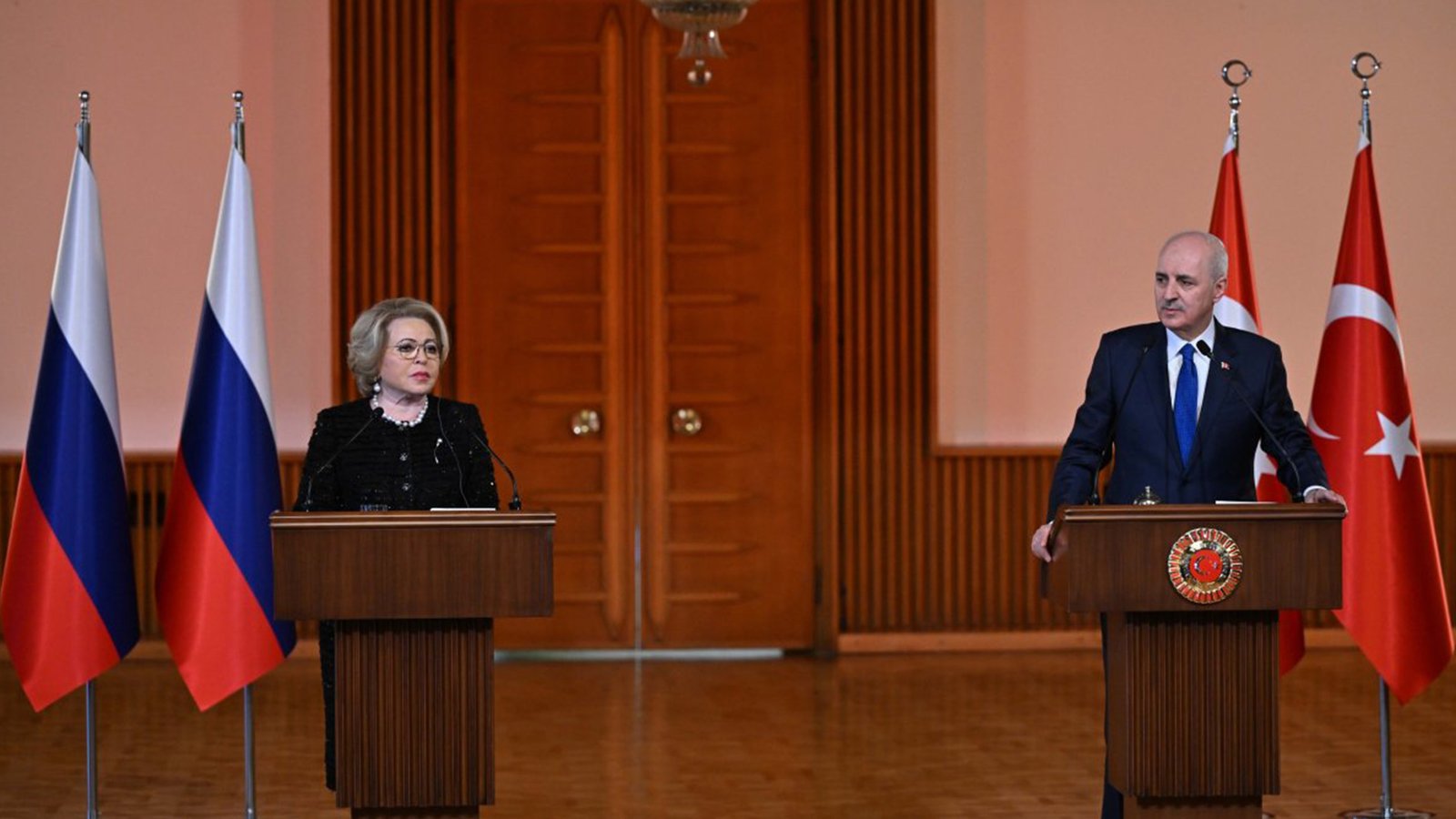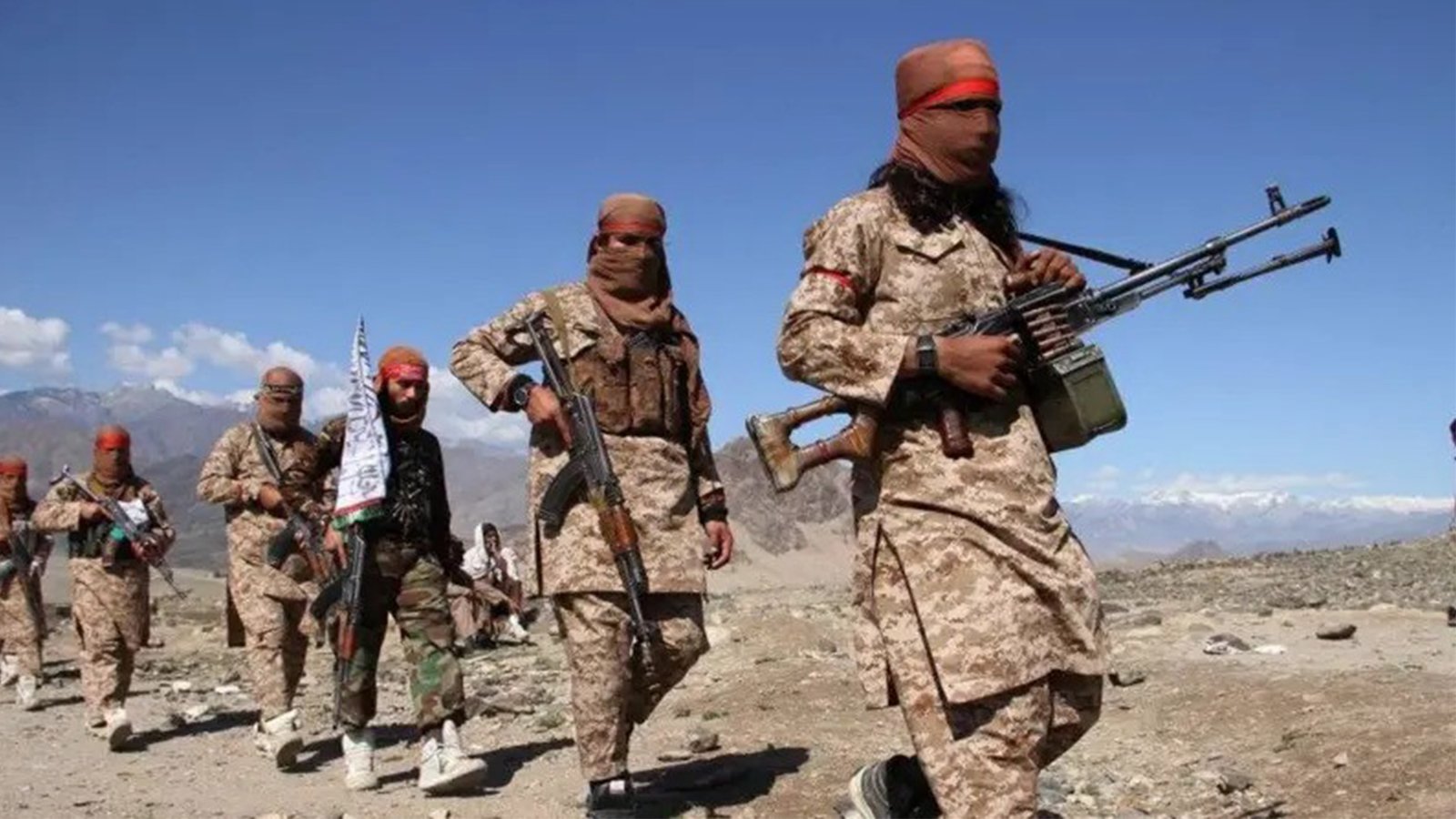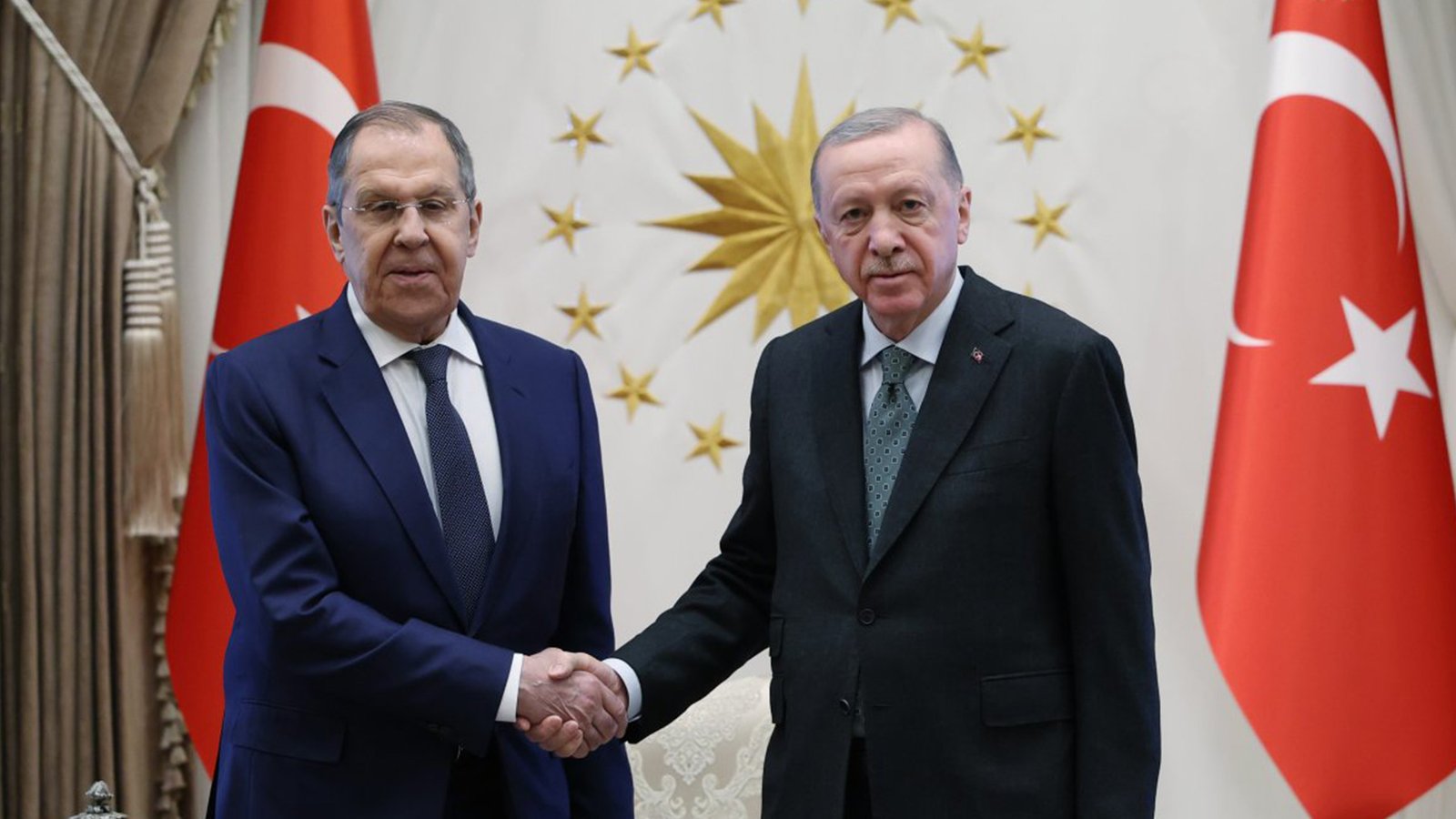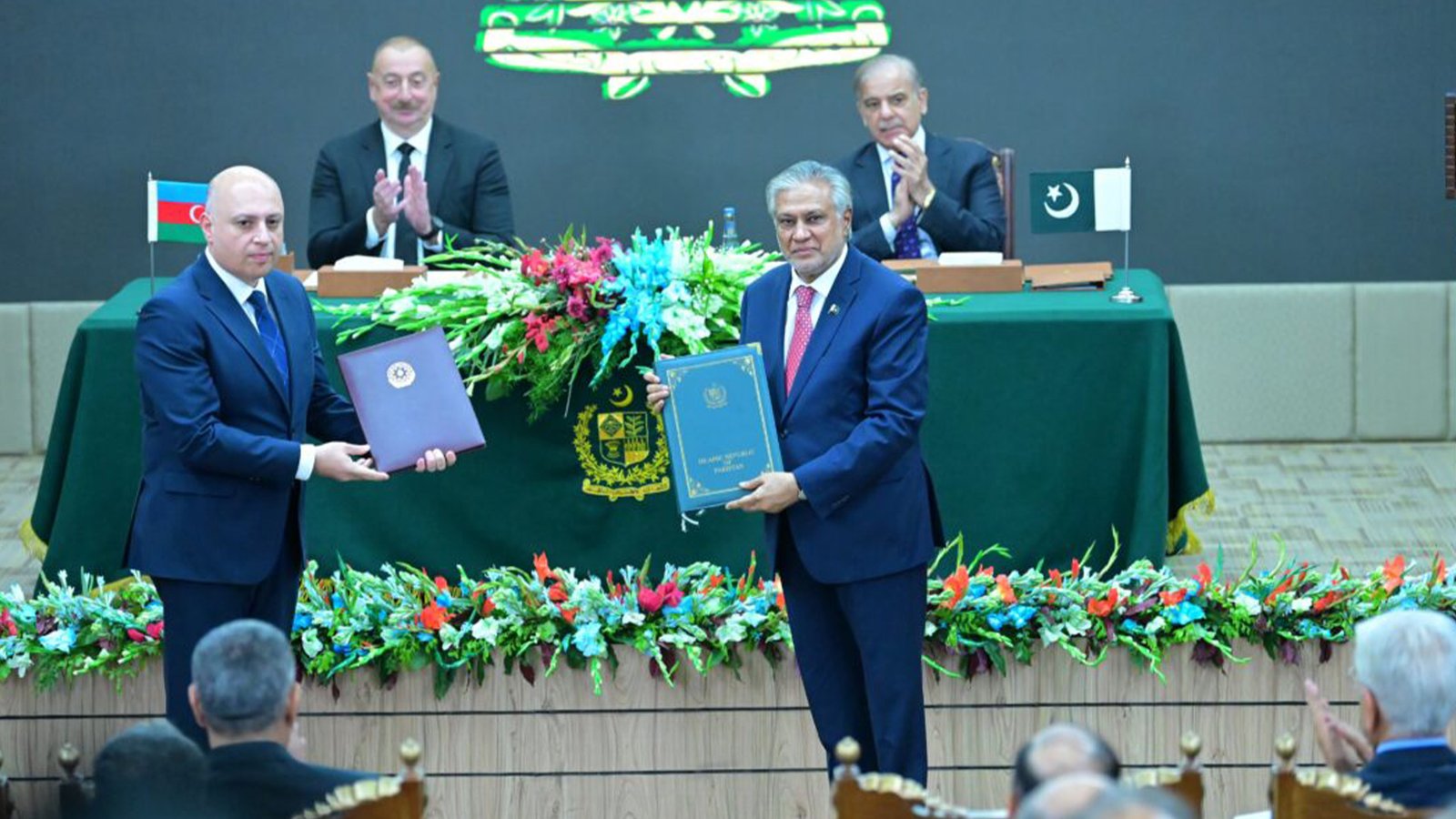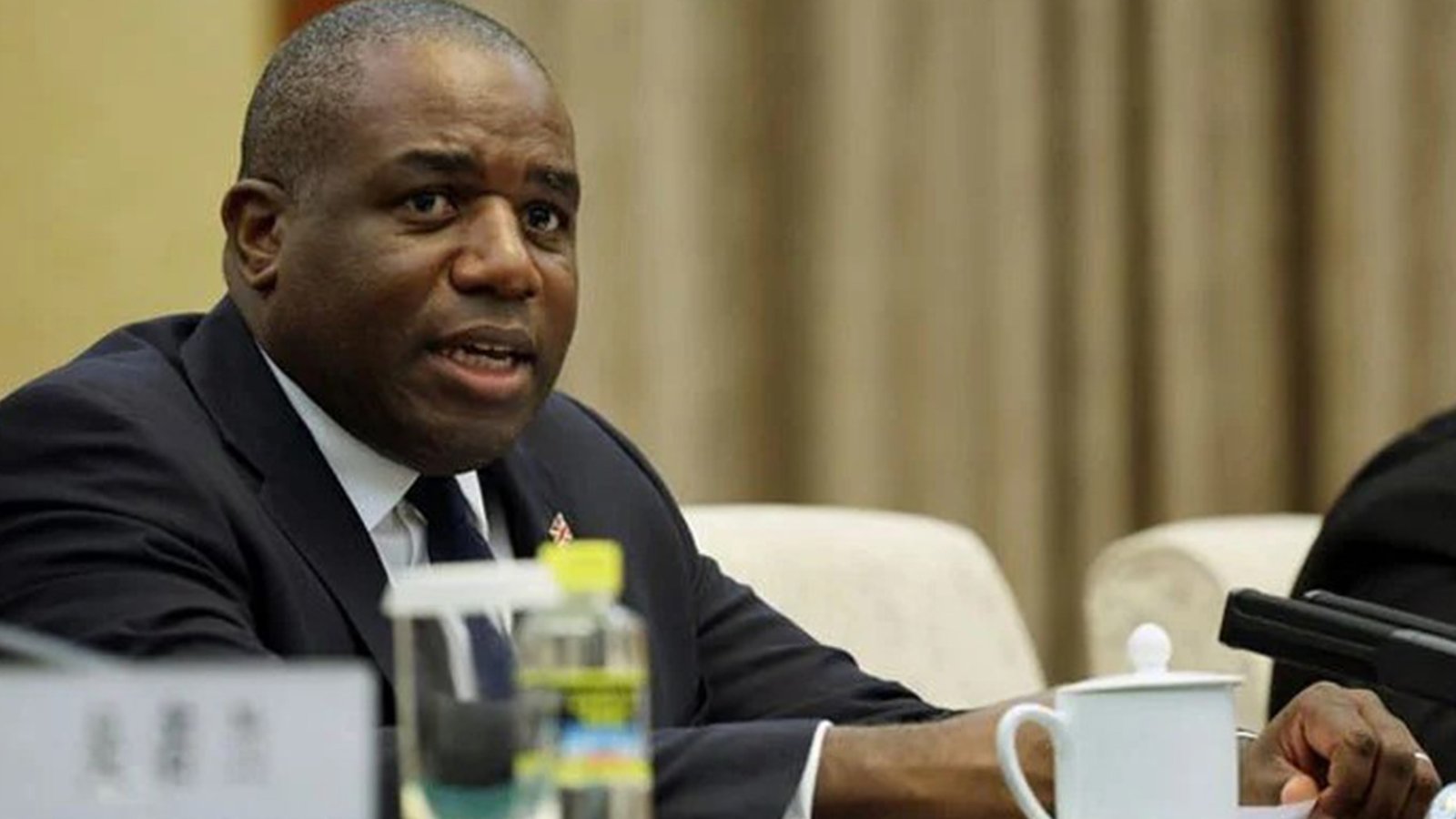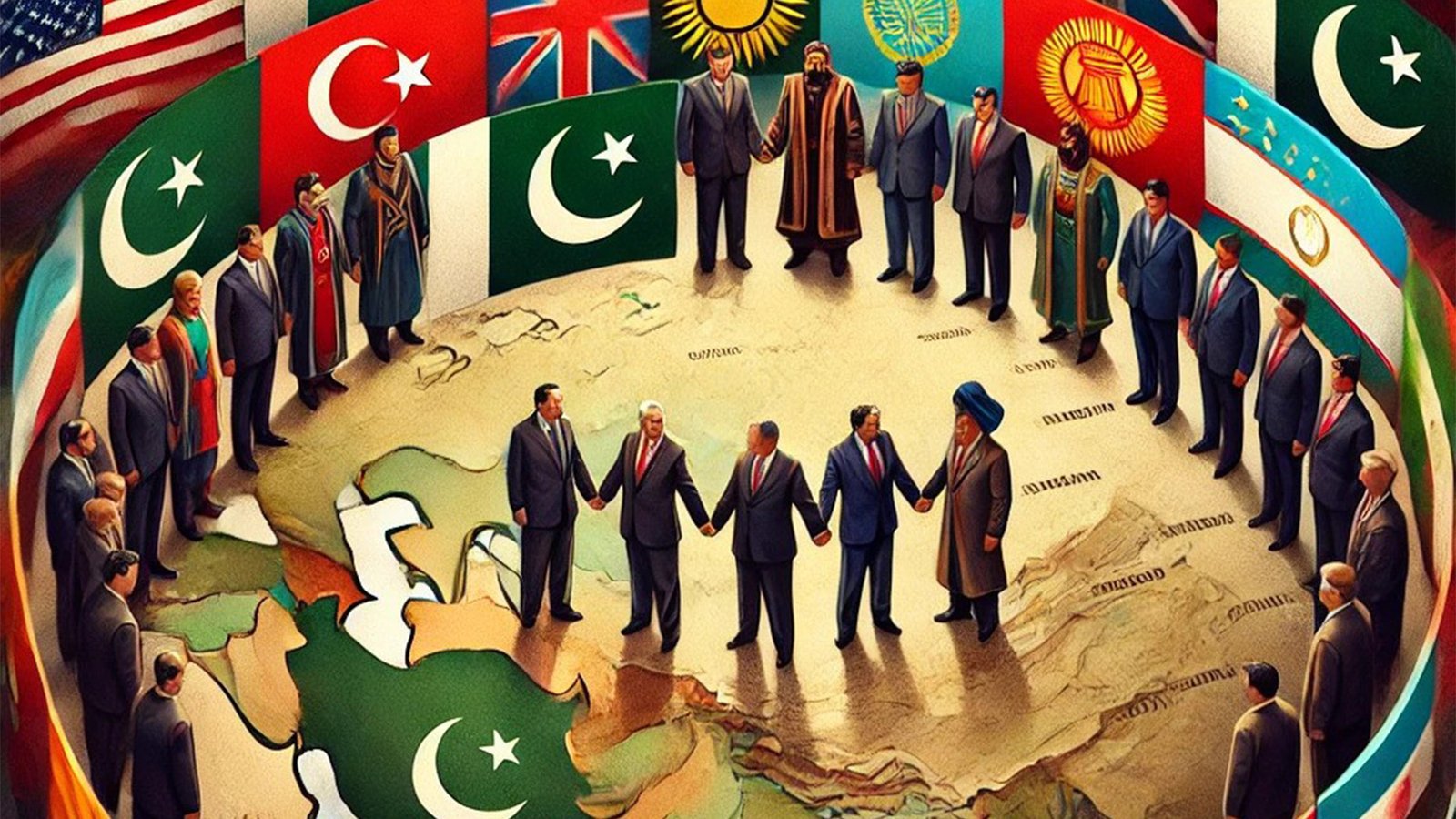Pakistan And Central Asian States Form An Alliance
In this series, we explore key geopolitical scenarios and their impact on the world and Pakistan’s future. Beginning with Donald Trump’s return and his policy to isolate China, we analyze shifting alliances, conflicts, and economic changes. In this scenario, we delve into the potential formation of an alliance between Pakistan and the Central Asian states, a move that could redefine regional cooperation and connectivity. This alliance, built on shared economic and strategic interests, could transform Pakistan into a pivotal transit hub for trade and energy. With three sub-scenarios, we will explore how this alliance operates under varying circumstances: India in its current state and Iran neutral, India at peace and Iran neutral, and India unchanged but Iran included in the bloc. Each variation will reveal its distinct global and regional ramifications, as well as opportunities and challenges for Pakistan in this emerging alignment.
In this scenario, Pakistan collaborates with Central Asian states (Kazakhstan, Kyrgyzstan, Uzbekistan, Turkmenistan, Tajikistan) to form a strategic alliance. This coalition leverages geographical proximity, cultural affinities, and shared economic interests to foster regional cooperation. Central Asia, rich in energy resources and strategic connectivity potential, aligns with Pakistan’s position as a gateway to South Asia and the Arabian Sea. The alliance’s dynamics and global impact would vary depending on the status of two key regional players: India and Iran. Below, we explore three sub-scenarios to understand how these variations could shape the alliance’s effectiveness, opportunities, and challenges.
Sub-Scenario 1: India in its Current State, Iran Neutral
Under current circumstances, where India remains at odds with Pakistan and Iran remains neutral, the alliance would primarily focus on trade, energy, and connectivity. Central Asia’s vast energy resources, such as Kazakhstan’s 30 billion barrels of oil reserves and Turkmenistan’s 7.5 trillion cubic meters of natural gas, would find direct routes to South Asia and beyond via Pakistan’s ports, particularly Gwadar, bypassing reliance on traditional Russian or Chinese routes.
The alliance could capitalize on projects like CASA-1000, exporting Central Asian electricity to Pakistan, and the TAPI pipeline, transporting natural gas from Turkmenistan through Afghanistan and Pakistan to South Asia. Pakistan, acting as a bridge, would benefit from transit fees, regional integration, and access to affordable energy. The China-Pakistan Economic Corridor (CPEC) could extend to include Central Asian countries, enhancing trade and infrastructure development.
However, India’s opposition to Pakistan’s growing influence in Central Asia could lead to attempts to undermine these projects. India might strengthen its alternative trade routes through Chabahar Port in Iran, bypassing Pakistan altogether. Iran’s neutrality in this scenario would limit the alliance’s reach to the Middle East, curbing its strategic depth and influence.
Sub-Scenario 2: India at Peace, Iran Neutral
If India resolves its disputes with Pakistan, particularly over Kashmir, the alliance’s potential would increase dramatically. A peaceful India would open its 1.4 billion-strong market and resources to the alliance, creating a South and Central Asian mega-market with a combined population exceeding 2.1 billion people. Trade would flourish, with India serving as a major consumer of Central Asia’s energy resources, and infrastructure projects like TAPI could proceed without opposition.
India’s inclusion would attract significant Western investment, making the alliance a prominent player in global trade. The integration of South Asia, Central Asia, and China via Pakistan would position the region as a key hub for Eurasian connectivity, fostering long-term economic growth.
However, Iran’s neutrality would still limit the alliance’s strategic and trade opportunities with the Middle East, particularly in leveraging energy pipelines and alternate trade corridors. Projects requiring Iran’s participation, such as rail links to Turkey or access to Europe, would face delays.
Sub-Scenario 3: India in its Current State, Iran Included in the Alliance
If Iran joins the alliance while India remains adversarial to Pakistan, the coalition would gain substantial geopolitical and economic heft. Iran’s inclusion would provide direct access to its Chabahar Port, linking the alliance with Europe and the Middle East. This would complement Pakistan’s Gwadar Port, creating a dual-port strategy that enhances trade flexibility and reduces reliance on traditional chokepoints like the Strait of Hormuz.
Energy projects would flourish, with Iran’s natural gas reserves the world’s second largest added to Central Asia’s resources. The alliance could also expand its healthcare, education, and military cooperation, leveraging Iran’s technological capabilities in medicine and engineering. Iran’s political influence in the Middle East would amplify the alliance’s reach, potentially making it a major regional power bloc.
However, this alignment could provoke strong reactions from the US and Israel, given their adversarial stance toward Iran. Economic sanctions or diplomatic pressure could complicate the alliance’s functioning, particularly for Pakistan, which remains reliant on Western financial institutions for its economy.
Global Implications
- For the World: The alliance would establish a regional power bloc with a combined population of nearly 300 million people and significant control over global energy routes. Its creation could challenge power centers like the US, China, and Russia, prompting competition for influence.
- For China and Russia: China could benefit from expanded connectivity through CPEC, but it might view the alliance as a rival if it operates independently. Russia, historically dominant in Central Asia, might perceive the alliance as a threat to its influence, especially if it aligns closely with the Middle East.
- For the US and the West: The US might view the alliance with suspicion, particularly if Iran is involved, seeing it as a challenge to its Middle East strategy. The West could strengthen ties with India or promote alternative routes to counterbalance the bloc.
Opportunities in Specific Sectors
- Health: Pakistan and Central Asia could collaborate on building regional healthcare networks, exchanging expertise in areas like telemedicine, and tackling shared challenges such as infectious diseases.
- Education: Central Asia’s focus on STEM education could complement Pakistan’s expanding youth population, fostering a skilled labor force for technology, engineering, and AI-driven industries.
- Energy: The alliance could develop renewable energy projects, including wind farms in Kazakhstan and solar energy in Pakistan, to reduce dependency on fossil fuels.
- Military Cooperation: Joint military drills and counter-terrorism operations could enhance regional security, particularly in managing threats from Afghanistan and transnational militancy.
Implications for Pakistan
Pakistan stands to gain immensely from this alliance, emerging as a regional transit hub. Projects like TAPI, CASA-1000, and expanded CPEC corridors would boost its economy through transit fees and trade integration. The inclusion of Central Asia in these frameworks could reduce Pakistan’s reliance on Western aid and loans.
Strategically, Pakistan would gain influence in both Central Asia and the Middle East, creating leverage against India and improving its global standing. However, managing diverse interests, particularly with Iran and Central Asia, would require careful diplomacy. Opposition from India or Western powers could strain Pakistan’s foreign relations and complicate its economic strategy.
Also read this: A New Era As Pakistan And India Resolve Kashmir
A Pakistan-Central Asia alliance has the potential to transform the region into a global economic and strategic powerhouse. The inclusion of Iran or a peaceful India would further enhance the alliance’s viability, but each sub-scenario presents unique challenges and opportunities. For Pakistan, this alliance offers a pathway to economic growth, regional influence, and global relevance. However, success will depend on its ability to navigate complex geopolitical dynamics and foster a unified vision for regional development.
In the next and latest scenario, we envision a transformative alliance where Pakistan and Afghanistan overcome historical divides to form a confederation evolving into a federation, fostering stability and cooperation. By integrating Central Asian states into this framework, the alliance aims to unlock regional economic potential, establish a secure governance structure, and position itself as a pivotal player in global geopolitics. This ambitious vision highlights the challenges, opportunities, and strategic roadmap required to navigate a rapidly shifting world order.


